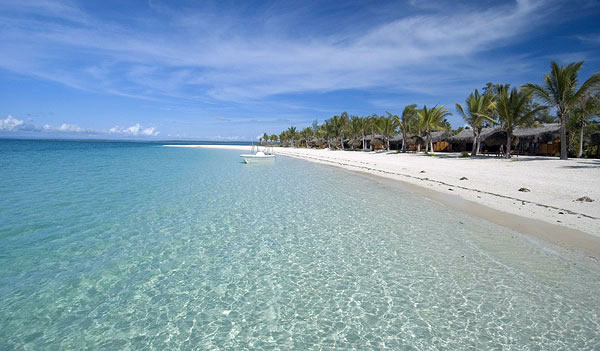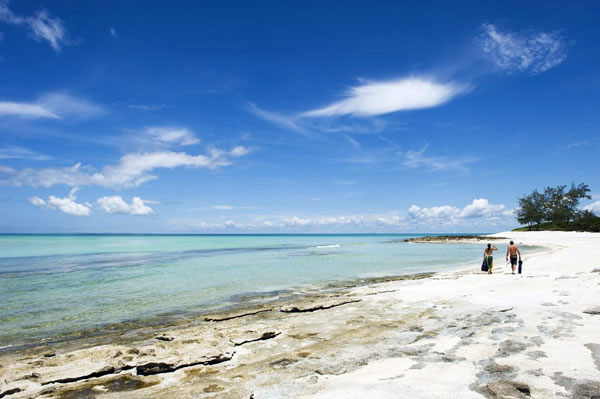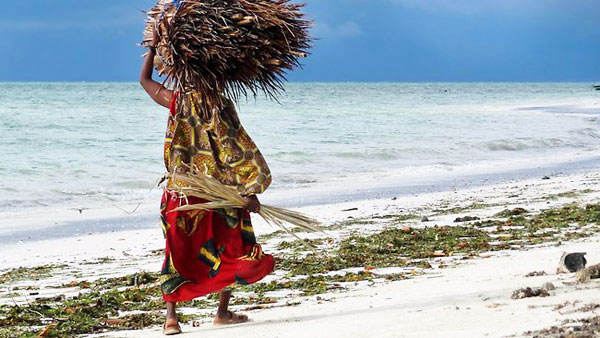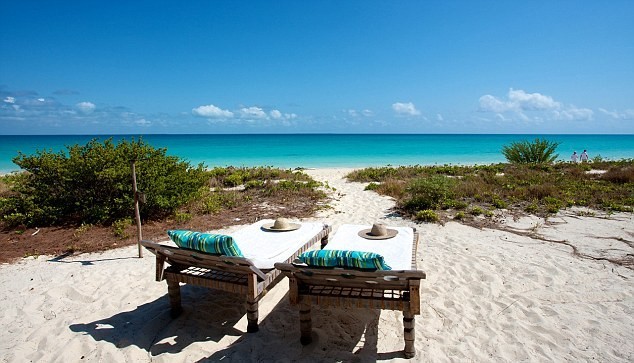Mozambique elicits daydreams of glistening aquamarine waters drawing over pearly beach-sand and colourful coral reefs; holidays and honeymoons on exquisite islands, afternoons spent worshipping the sun and exploring the depths of Africa’s Indian coastline. It hosts a magnificent plethora of oceanic and terrestrial creatures that seek refuge in its natural diversity; a magnetic environment for scuba divers, fishermen and water-sport athletes. It is an unsettling reality that the northern coastline of this sought-after destination has long since been under threat due to over-utilisation and under-conservation; a maddening fact for individual and organisational environmentalists, and of sober concern for Mozambiquean residents who rely on the resources presented by their homeland.
The huddle of islands positioned offshore of Nampula and Zambezia Provinces, dubbed Primeiras and Segundas Archipelago, is home to mangrove forests, illuminate coral reefs, and vibrant seagrass ecosystems. These environments are of fundamental significance to a diverse population of marine life, much of which is uniquely dependent on this particular coastline for the longevity of its species, making the conservation of this area nothing less than critical.
It is with jubilation that The World Wildlife Fund (WWF) has recently announced its success in declaring Primeiras and Segundas Archipelago Africa’s largest marine reserve. This 10 500 square kilometre marriage of land and sea encompasses ten individual islands collaboratively clutching a marine sanctuary, housing the endangered dugong, five of the world’s seven species of sea turtles, a spectacular abundance of tropical fish and feathery flocks of seabirds. Mozambique’s beloved beachfronts and the wonderland that lies beneath the surface can flourish under the protection of the law, and the local people can wipe the worry from their anxious brows, as their government joins hands with the WWF in a movement towards conservation.
Eight years in the making, this victory brings with it the cessation of over-fishing practises by both commercial and artisanal fisheries, the preservation of Piscean nesting areas, and the safeguarding of the inimitable breeding grounds for turtles, dugongs and seabirds. An intervention of heartfelt environmentalism and the protection of local livelihoods have alleviated the burden that Mozambique’s natural charisma has brought to its irreplaceable resources. This newly established marine protected area will burst into thriving existence, providing a splendorous feast for the adventurous eye and sustainable tourism industries, delighting creatures great and small.
Matemo Island fits organically into Mozambique’s northern Quirimbas Archipelago, presenting an expansive eyeful of translucent seas and crisp, commanding shorelines. Falling within the marine protected area, this island retreat sings of extraordinary sights and begs lazy observations of its surrounds. Matemo is the personification of understated luxury with its palm-adorned chalets and large glass sliding doors, which offer wide views of the island and its introduction to the ocean. Unapologetically spacious, these wooden beach units add to their en suites with outdoor showers and private decks sporting hammocks rocking rhythmically in the breeze. Matemo’s interiors join continents with white Mozambiquan marble, elaborately carved doors reminiscent of Zanzibar, and richly warming rugs inspired by Dubai. A beach holiday spent exploring this rough diamond in a celebrated archipelago is an enriching and rejuvenating experience inspired by an ocean of magnificence.
Vamizi Island is, in itself, a conservation project; previously having been taken over by the WWF, it has a three kilometre no-fishing law in place that protects the depths surrounding this wild island. Also lying within the Quirimbas Archipelago, Vamizi is reputed for its remarkable marine diversity. Beneath dazzling oceanic surfaces lie mountainous reefs, escarpments and plateaus, dipping and peaking in dramatic arrays of colour and vitality. It is with the assurance of sustainability that visitors to Vamizi Island are welcomed to bask under the northern Mozambiquean sun and drink in the horizons interrupted only by swooping birds and restless fish. Villas are positioned mere strides from the ebbing tide and are decked with distressed wood and topped with thatch to create the rustic illusion that conceals this establishment of pure luxury. Free of unnatural elements, Vamizi villas are committed to all that is island, and, although treating its guests to effortlessly elegant accommodation, what lingers longer is the sheer appreciation of a movement made to conserve the precious resources that so define these prized archipelagos.





